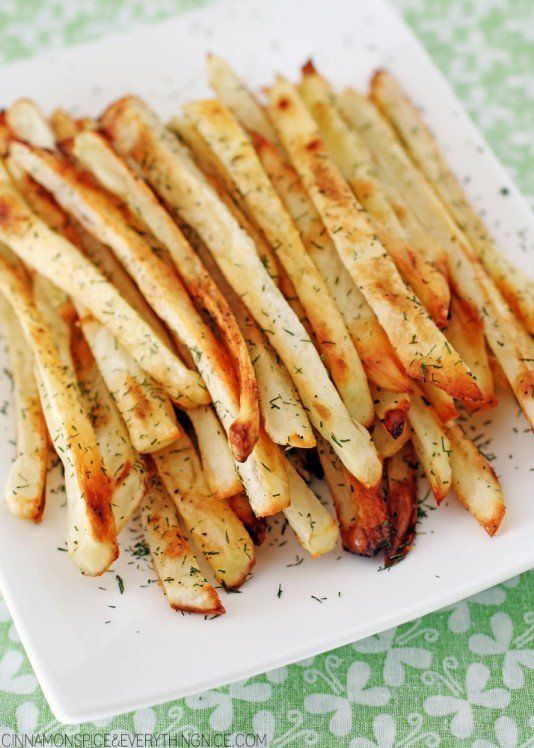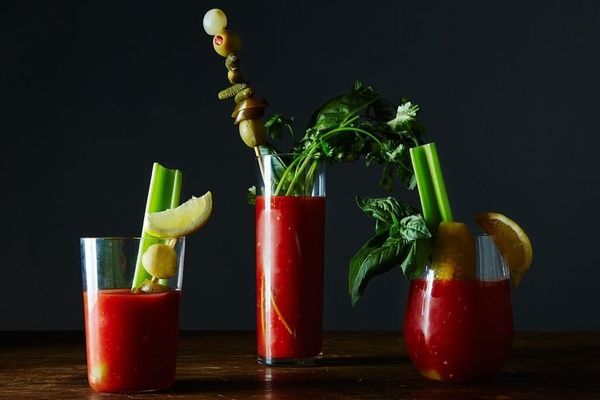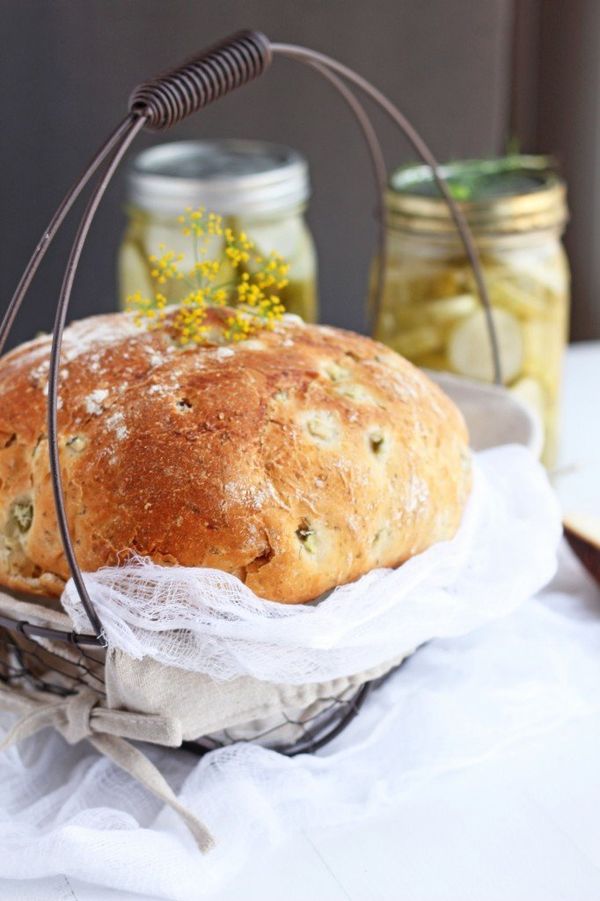An array of options for homemade pickles
Rennie Phillips
Back through the years, we as a family have consumed a lot of pickles, with most of these being dill pickles or sour pickles. I’ve eaten a few sweet pickles, but not very many. I just never cared for the sweet pickles. Marge has made and canned both kinds, but it still seems like our family prefers the dills.
We have tried recipe after recipe with some success and a bunch of failures. It seems like the sweet pickles turn out better on a consistent basis than the dills. Many times, the dill pickles end up soft and mushy. We have tried putting grape leaves in with the cucumbers, with a little success. Very little success.
Marge has made the pickles where you put the Red Hots in with them. Many like them. They are crisp when you bite into them.
Normally she uses big, overgrown cucumbers for these. She discards the skin and the core of the cucumber and only uses the solid outside part. I believe she soaks them in lime for a time.
It doesn’t really matter what kind of cucumber it is as long as it gets rather large.
A couple years ago we bought a book on fermenting cucumbers to make a sour pickle. The first couple attempts did OK, but the taste wasn’t exactly what I wanted.
I was a little hesitant about eating fermented pickles that hadn’t been run through the canning process. I tried them, but really didn’t eat enough to decide whether I liked them or not.
When you run pickles, tomatoes, green beans or whatever through the canning process, you get the veggies hot enough to kill any unwanted microorganisms that might be present.
Some of these microorganisms in an acidic solution don’t require more than a water-bath process, which raises the temp to around 212 degrees.
Some canned veggies, however, require a higher temp, so a pressure canner has to be used. I’ve had to do a lot of reading to feel comfortable eating fermented pickles.
We have been making a number of different kinds of pickles or close relatives this summer. One of our favorites is refrigerator pickles. Basically you can use almost any kind of cucumber for these pickles.
We have been using some European cucumbers as well as a Polish yellow cucumber to make refrigerator pickles.
We make them by leaving the skin on the cucumber and slicing them across the cucumber about 1/8 to 1/4 inch thick. We put ours in gallon jars. We fill the jar about half full before we add spices, onion and garlic.
We then fill the gallon jar with sliced cucumbers, along with the spices and such. Last of all, we fill the jar with a solution of vinegar, water, salt and sugar.
We then store them in the fridge and normally eat them for the next three or four months. Any cucumber will work for these.
Another favorite of ours is dill pickles. I grow particular kinds of cucumbers just for our dill pickles. This year I am growing cucumbers called H19 Little Leaf and General Lee. The H19 is a hybrid, while the General Lee is open pollinated. Neither of these is burpless. I also have a few Polish cucumbers for canning.
We try to pick these cucumbers on a daily basis so they are from about 3 to 5 inches long, which is perfect for dill pickles. It takes a lot of time brushing each individual cucumber to remove the spines and then nipping off the stem end.
By using special cucumbers we grow just for dill pickles, we have had good success with the pickles being crispy. We also have started using Mrs. Wages dill pickle mix. This seems to work as well.
Right now we have a gallon jar full of pickles fermenting on the counter. We used the small pickling cucumbers for this mix. We put dill, spices, garlic and three jalapeños in the salt brine.
It has bubbled now for going on two weeks. I tried a pickle the other evening and it was good, but on the warm side. I may have added too many hot peppers. I’ll cut back on the next batch.
Marge questioned me when I added the jalapeños. I hate to admit she was right.
Marge has spent the past three or four days making a mustard pickle that my Aunt Katie McMullen back in Nebraska used to make. You use small green tomatoes, onions, garlic, small cucumbers, cut-up cauliflower and a bunch of spices.
It is a kind of lengthy process preparing the ingredients and making the pickles.
I believe there are 14 quarts of these mustard pickles on our kitchen table. Marge ran all of these jars through a water bath to seal the jars.
If our ice box wasn’t so full of gallon jars and cut-up melons, I’d open a jar and sample. I may need to wait until some space opens up in the ice box.
Really, the most difficult part of making good dill pickles is getting enough small cucumbers.
Large ones will work, but the ones we have canned are usually soft. It takes a lot of cucumber vines to be able to pick a 5-gallon bucket of small 3- to 5-inch cucumbers.
If you want to make bread-and-butter pickles or another kind of sweet pickle, it shouldn’t be that hard to find the cucumbers.
Talk to some growers in your area. Go to the farmers markets. Check out the roadside stands.
Almost any cucumber will work, as long as it’s relatively fresh.
Happy pickling!







